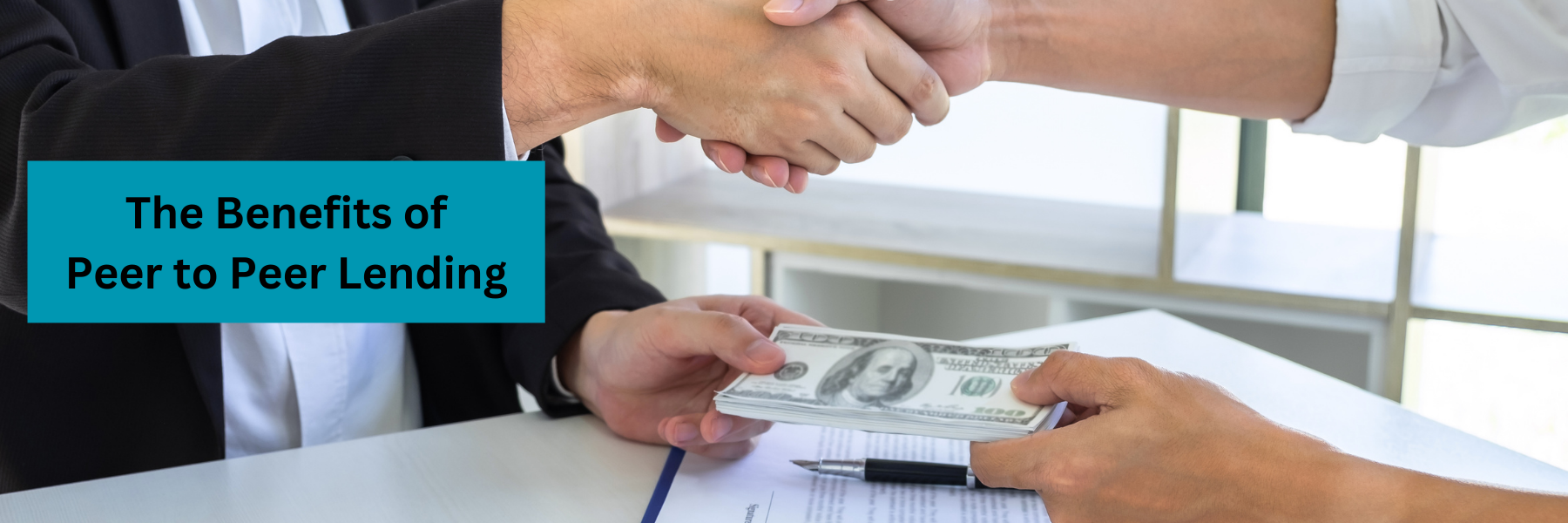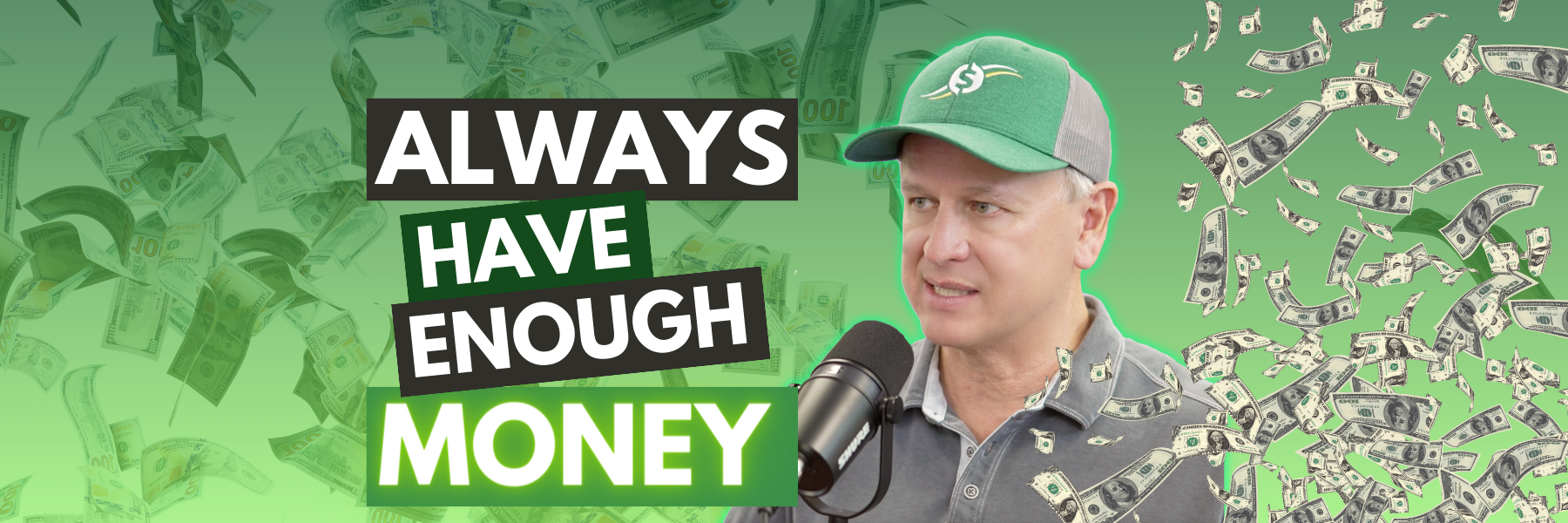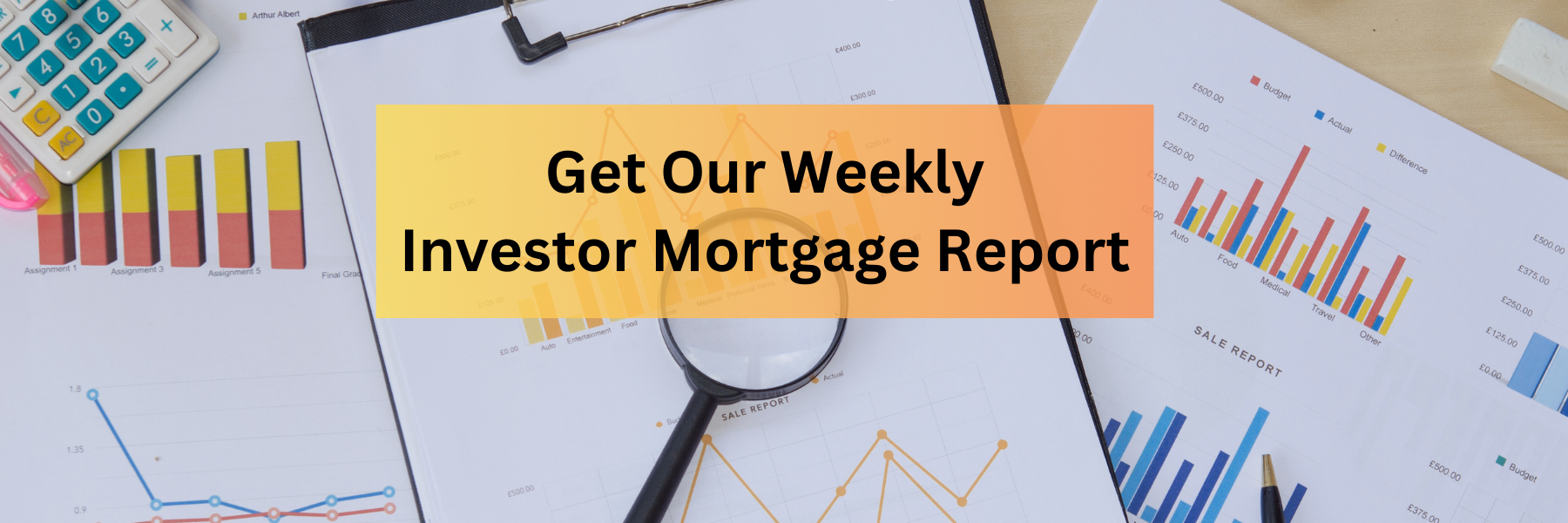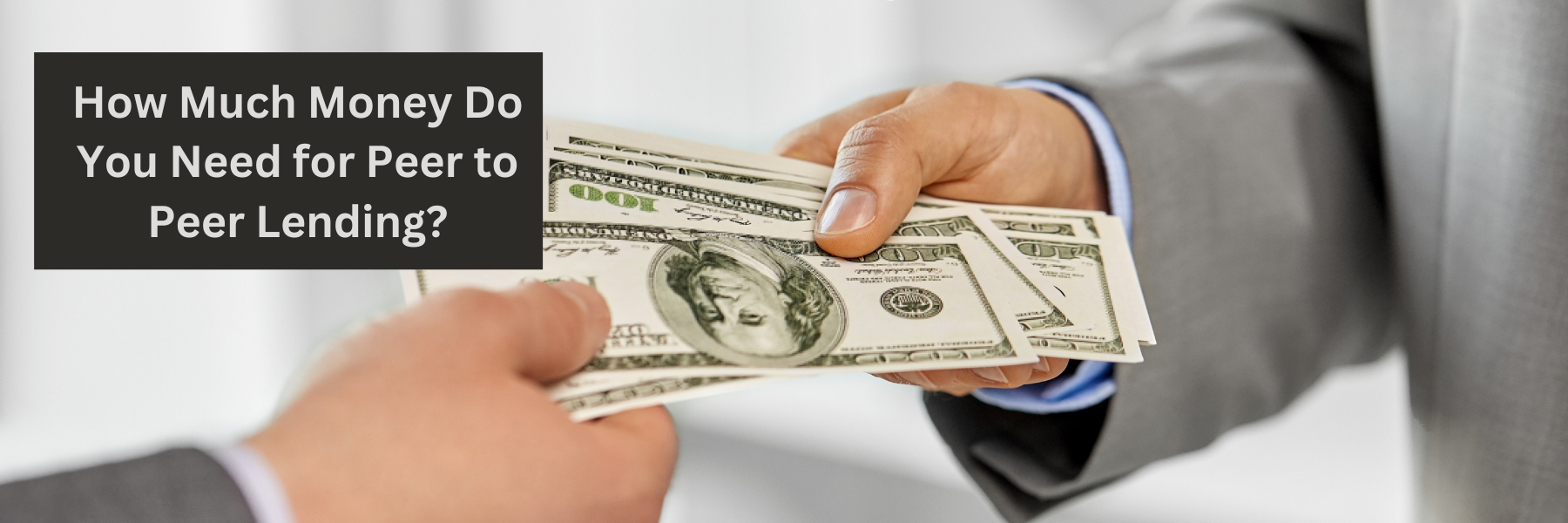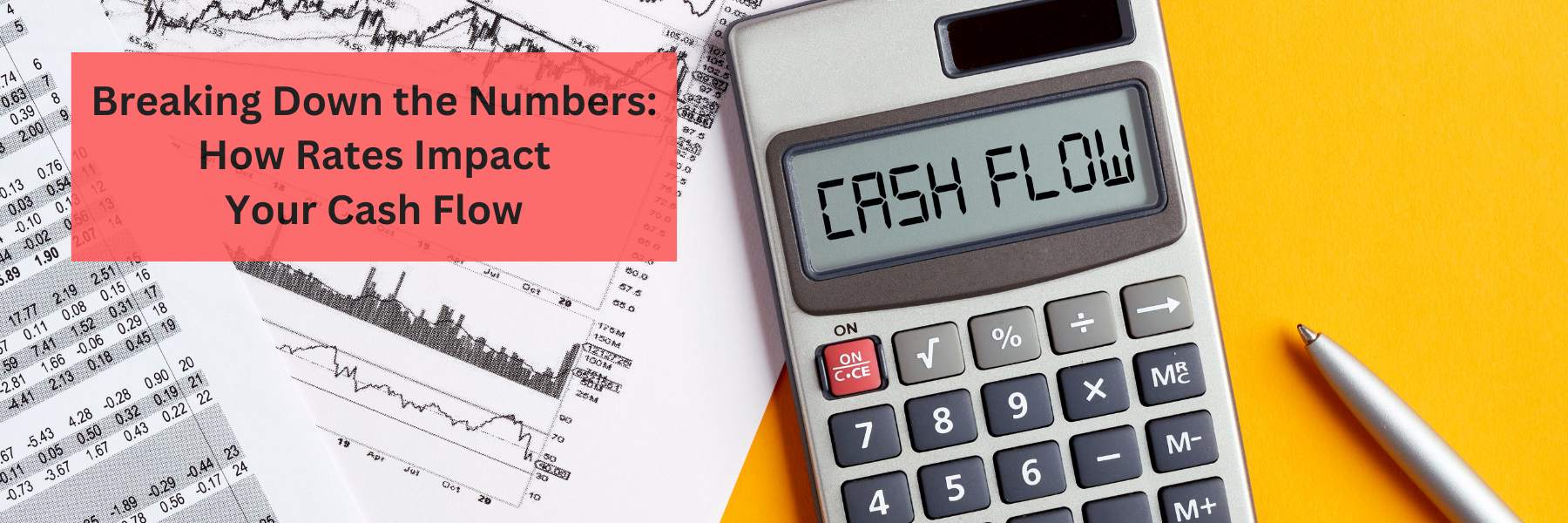How to Escape Financial Struggles with Peer to Peer Lending
What is peer to peer lending? Peer to peer lending is asking anyone that you know, or even people you don’t know, for money. While family and friends can be part of this, that is not what we are talking about. Instead we are referring to people in your community or those in the real estate community. These individuals want to make money, however, they don’t want to own properties. Roughly 98% of peer to peer money comes from these groups of people, not family and friends. So how can peer to peer lending help to escape financial struggles? Let’s take a closer look.
The struggles with budgets.
There are a lot of people right now who are struggling with their budgets. This is because everything has gone up. From taxes and insurance, to the cost of gas, budgets are being stretched more and more every day. This is where peer to peer lending can help people to escape their financial struggles. Peer lenders, who have money in their IRA, are looking for better returns. At the same time real estate investors and business owners are looking for better lending options. By working with real people again, both the borrower and lender can benefit from peer to peer lending.
Peer to peer lending can replace traditional loans.
Peer to peer is centered on finding people who are willing and want to get into a win win situation. As investors, we want to replace some or all of the funding that we normally receive from traditional lenders. These traditional lenders include banks, hard money lenders, and private lenders. By replacing all of that with a peer to peer bucket of money, you can create a faster, easier, and cheaper lending option. There is no need to be fearful! Peer to peer has been around since before banks were even established.
Creating better returns.
Those who use peer to peer lending will in turn get better returns than they would in other situations. For example, banks will normally give someone 5% and then lend out 9%. This creates a 3% to 5% profit for the bank. When you borrow directly from me, you will get cheaper money, and I will also get a better return because it is secured. A secured return is one that is secured by a piece of real estate. By taking the bank out of the middle, it makes it faster, easier, and cheaper money. Thus creating a win win situation for both the borrower and the lender.
Keep it simple and be prepared.
When we are talking about peer to peer lending we are not talking about begging people for money. We are also not saying that you need to go out and convince people. While you do have to go through a process, if it’s done correctly, then you can easily get people involved in lending you money. Once you have one peer to peer lender, you can easily jump to more by showcasing how you treat your peer lender, showing that you pay on time, and paid it back. Those who treat it like a bank loan or a real business will be able to expand their peer to peer bucket of money at a much faster pace. For those who struggle with communication, you can create a quick presentation or video to explain everything with links. Don’t make things complicated! Remember to keep it simple and always be prepared.
What do you need to do to be prepared?
Peer to peer lending requires less paperwork than a traditional loan. You also don’t have to worry about being denied because of your bank statements or credit scores. With the way things have changed and shifted over the years, the lending pools are shrinking as well. By taking the time to get everything secured, you will create a win win situation. Let’s take a closer look at what you need.
- We are going to secure this with a piece of real estate by using a deed of trust or mortgage.
- It’s going to be recorded by title.
- Wire money directly to title for the closing.
- We are going to make it so secured that it will make them feel reassured.
- You are going to build a nice case to show them the property.
- Rental – Maybe it’s already fixed up and already rented. Then you can show that money is coming in.
- Flip- Here’s the flip and if it’s new, here’s what I’m going to do to the property. If you are experienced, then you can show what you have done in the past.
- When the property is refinanced or paid off, then the title company is going to pay the peer lender back directly.
Find people who are engaged or looking
Peer to peer lenders are everywhere! Many are in their retirement age or in a retirement zone and just need more money to live. With the rapidly increasing cost of living over the past few years, many people are looking for something that will provide a better and more secure return.
This is a group of people who have their 401K or IRA in a self directed plan. A self directed plan is one they can use to invest in anything. Those with this type of plan are used to working with private places such as a business preliminary stock or deeds.
-
Equity Trust and Direction IRA
They have meetups and groups that you can attend so that you can get connected with others in the community. An added benefit is that they have people who can take care of the paperwork for you while you decide where to invest.
Peer to peer provides flexibility
Many investors and business owners wonder what they can use peer to peer lending for and what the dollar amounts are. The flexibility of peer to peer, unlike banks, allows you to use it for small amounts, fix up costs, monthly payments, large amounts, and so much more! The beautiful thing about peer to peer is that there is always funding available from $10K to 10 million. It all depends on what you need and who you work with.
Here is a list of common uses for peer to peer funds.
- Gap funding
- Finishing a project
- Paying off a credit card
- Lines of credit
- Developing land
- Auctions
- Rentals
- Flips
- Land
- Construction
- Anything that looks like a good deal and has security
- Expansion
- Growth
Peer to peer helps the community.
By using peer to peer lending as opposed to traditional lending, you’re putting money back into the community. By living here, working here, and investing here, you can see the benefits of your hard work. From fixing up properties to renting properties, we are going to improve the community around us. People who are lending will feel that they are helping the community, plus they can see where their money is.
Now is the time
Now is the time to buy! There are predictions that rates will decrease in 2024. It is important that investors set up their peer to peer bucket of money as soon as possible. Don’t waste time waiting for loan approvals from banks. Instead, think outside the box and find your peer to peer community today. Peer to peer lending makes it easier and more profitable for both the borrower and lender.
Here at The Cash Flow Company we can help you navigate peer to peer lending. We have created systems to help navigate the process for both the borrower, as well as the lender. Contact us today to find out more.
Watch our most recent video to discover more about How to Escape Financial Struggles with Peer to Peer Lending.



